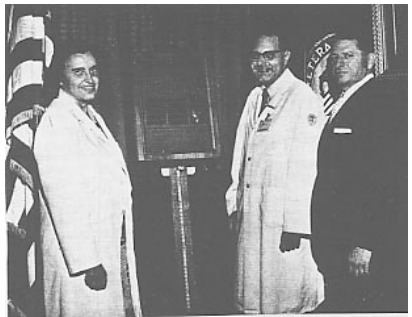Fields Clinical research | ||
 | ||
Born 1921Baltimore, Maryland ( 1921 ) Institutions Columbia-Presbyterian Medical Center Known for Thyroxine conversion to triiodothyronine Died 12 January 1995, Riverdale, New York City, New York, United States Residence New York City, New York, United States | ||
Kenneth sterling the comedy zone
Kenneth Sterling was a medical doctor and prominent researcher on the topic of thyroid hormone and human metabolism. He made significant discoveries on thyroid hormone activation and treated patients at the Columbia-Presbyterian Medical Center for over thirty years.
Contents
Early life
Sterling was born in Baltimore, Maryland in 1921. When he was sixteen, he enrolled in the undergraduate program at Harvard University, from which he graduated in 1940. As an undergraduate student, he published his first scientific paper at the age of 19. He then went to Johns Hopkins School of Medicine, where he earned his medical degree in 1943 at the age of 23.
Career
In 1958, Sterling joined Columbia University as a research associate at the College of Physicians & Surgeons. In 1962 he was appointed assistant clinical professor of medicine and became staff physician in nuclear medicine and director of the protein research laboratory at the Department of Veterans' Affairs Medical Center in Bronx, New York. In 1970, Sterling became associate clinical professor of medicine, later rising to full clinical professor in 1974.
Research impact
Sterling was one of the first researchers to use radioactive iodine to treat thyroid diseases. He used radioisotopic labels to study the metabolism of human serum proteins and red blood cells. He discovered that the body converts the pro-hormone thyroxine into triiodothyronine, the primary active form of thyroid hormone. This breakthrough led to a new field of thyroid hormone research and led to the first early studies on the mechanism of action of thyroid hormones. Sterling developed the equilibrium dialysis method for measuring free thyroxine, which remains the gold standard for evaluating free hormone levels in blood today. Sterling was a pioneering investigator identifying mitochondrial thyroid hormone receptors, shortened isoforms of the full-length, nuclear receptors. He wrote a chapter on thyroid hormone receptors in the fifth edition of Werner's The Thyroid: A Fundamental and Clinical Text, which is known as "the bible of modern thyroidology."
In 1972, Sterling was awarded the William S. Middleton Award for Excellence in Research, the highest honor of the VA Medical Center. He was cited for developing the 51Cr labeling of red blood cells for clinical applications.
Death
Sterling continued treating patients at the Columbia-Presbyterian Medical Center up until a few days before he died. He died on January 12, 1995 while at his home in Riverdale, New York, at the age of 74. The probable cause of death was complications of an aneurysm. The International Workshop on Resistance to Thyroid Hormone, a research forum hosted annually in Colorado, dedicated its third meeting to Sterling in 1997.
